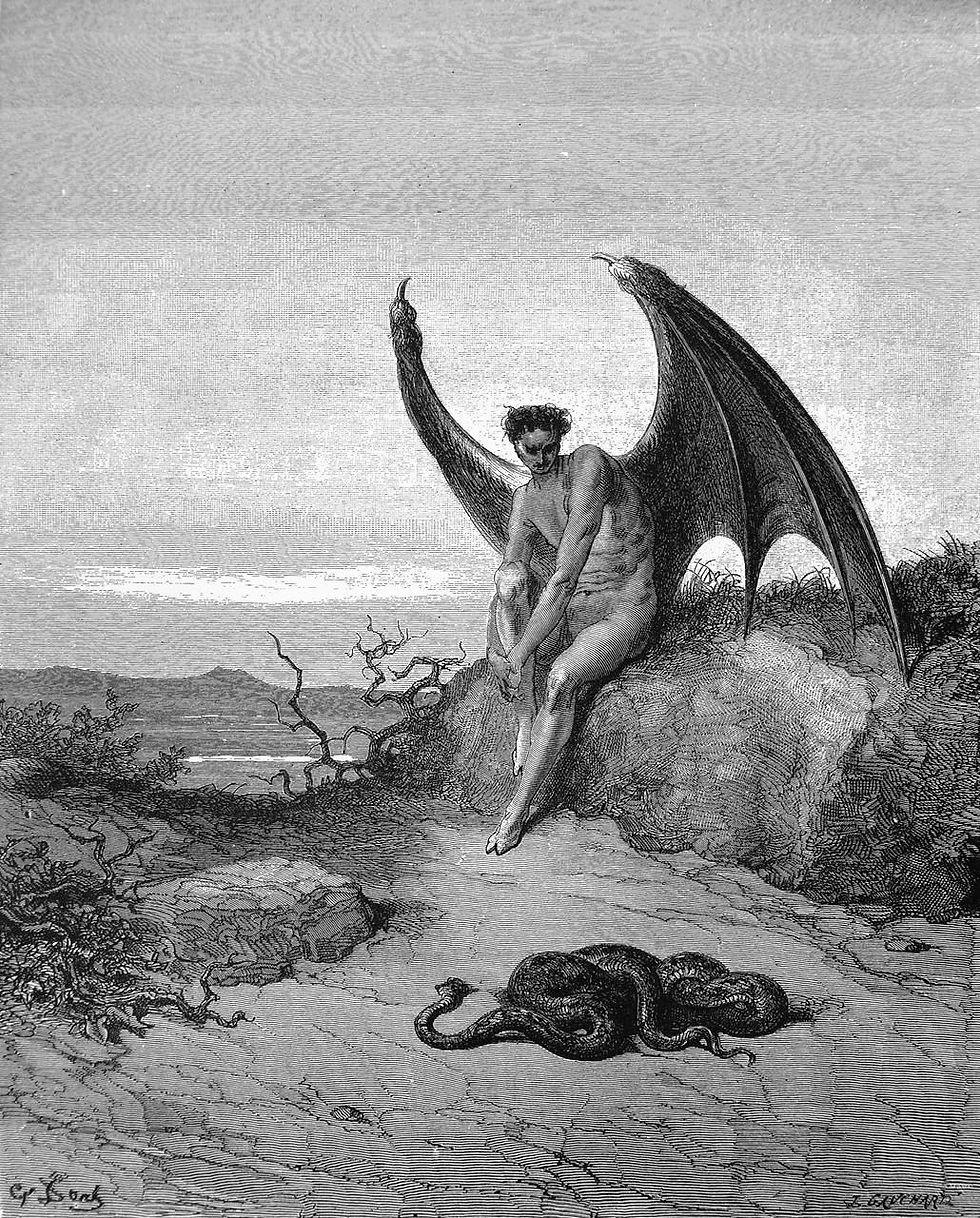Non-Rider-Waite Imagery in the Tarot
- travisdmchenry
- Feb 27, 2020
- 3 min read
Updated: Dec 29, 2020
The Tarot deck commonly known as the Rider-Waite Tarot was illustrated by Pamela Colman Smith using instructions provided by occult mystic A.E. Waite, and published in 1910 by the Rider Company. Most Tarot purists refer to it by the more accurate name of Rider-Waite-Smith Deck, giving the artist equal billing with the first publisher.
This deck is the most widely used and most easily recognized Tarot deck in the entire world and has been continually in print since it was first released. There is a reason for this deck's enduring popularity: it works. Its symbology successfully captures the varied meanings of each card, from the astrological and esoteric connections imbued by the Golden Dawn, to the much older symbolism found in the Egyptian decans and Hebrew alphabet.
Designing a Tarot deck without falling back on the Rider-Waite-Smith deck is an extremely challenging endeavor. The author must find a way to capture the many shades of meaning of each card in a single picture that remains thematically tied to the rest of the deck. For this reason, the Tarot market is full of decks labeled “Rider-Waite Clones.” These decks generally have an original theme, but the imagery still maintains the core symbology of the Rider-Waite.

For an author to create a deck that departs entirely from the Rider-Waite symbology, they must have a strong academic understanding of the Tarot as well as the ability to portray the meanings of the cards consistently within the chosen theme of their deck. This is part of the reason there are many original Tarot decks with creative themes that limit themselves to only the 22 cards of the Major Arcana. The author/artist lacked the required depth of knowledge to clearly see how the existing Tarot meanings fit into their desired theme.
The cards of the Major Arcana are much more adaptable because those images and characters predate the Rider-Waite deck. Many of them actually predate the original Visconti-Sforza Tarot decks, coming from the “Triumph” series of poems by Francesco Petrarca.
One example of a Tarot deck that does not utilize Rider-Waite imagery is my newly-created Tarot of Vlad Dracula. It took a lot of research into the life of Vlad the Impaler AND a deep foundational knowledge of the meanings behind the Tarot before I had the courage to begin the process of creating a fundamentally new series of images.

Preserving the meaning of the Minor Arcana is especially challenging, and most creators will default to turning the minor cards into pip cards. Even Crowley's Thoth Tarot, which revolutionized the symbology of the Tarot and provided incredible new insight, utilized the equivalent of pips for the Minor Arcana. Of course, Crowley died before the deck was finished, so it's possible he had a more robust vision in mind that he wasn't able to complete.
But it really doesn't have to be quite that difficult. The meanings of the cards are well known, and all it takes is a creative artist with an Occult sensibility and the freedom of expression to “rewrite the book” and put forward their own unique take on the Tarot. In creating my deck, I hoped to not only do this for myself, but also to help encourage other creators, authors, and artists to take a leap and try it for themselves.

On the other hand, there can be great benefit in many of the “Rider-Waite Clones” that provide new illumination to the deck by adding / enhancing the existing imagery. For example, there is a wonderful deck called “After Tarot” that shows what might have happened in the scene right after the scene depicted on each card. Its companion deck, called “Before Tarot” shows a similar scene, but depicts what was occurring just prior to the image on the Rider-Waite cards.
After dominating the Tarot world for over 100 years, perhaps it's time for a talented new creator to design an entirely new paradigm of the Tarot that captures the same elements of human existence and spiritual meaning as the decks that have come before it.




Comments